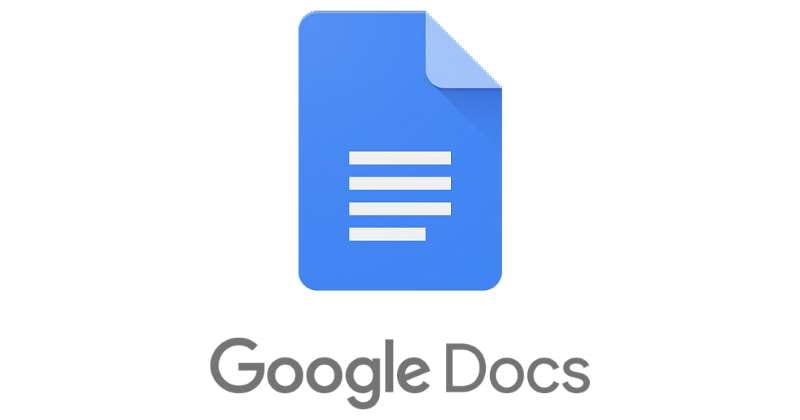This is a project that I completed for EDCI 338. This post includes the PDF and video explanation of a lesson plan on biomes for a grade four classroom, as well as all of the resources required. The lesson involves students creating a video on Flip to answer questions about biomes and also answering a question posed by their peers through a Flip video response. By using partner work and posting on Flip, student collaboration and connectedness are being valued and enhanced.
Category: EDCI 338
A really good professional TikTok is one where it draws in the targeted audience and achieves what you, as the creator, want. As an educator, the content is going to be targeted at other educators or possibly parents. By keeping the content within this field you will achieve your desired target audience and will also be able to see content created by other users within the education field. Engaging with other creators and asking questions are also good ways to maintain a good professional account. By commenting on other creators’ posts and asking questions or posting a video where you are asking a question, you are opening up a space for discussion to occur between professionals. There are many tips on the internet that I encourage you to look at and I have even included a couple of resources below!
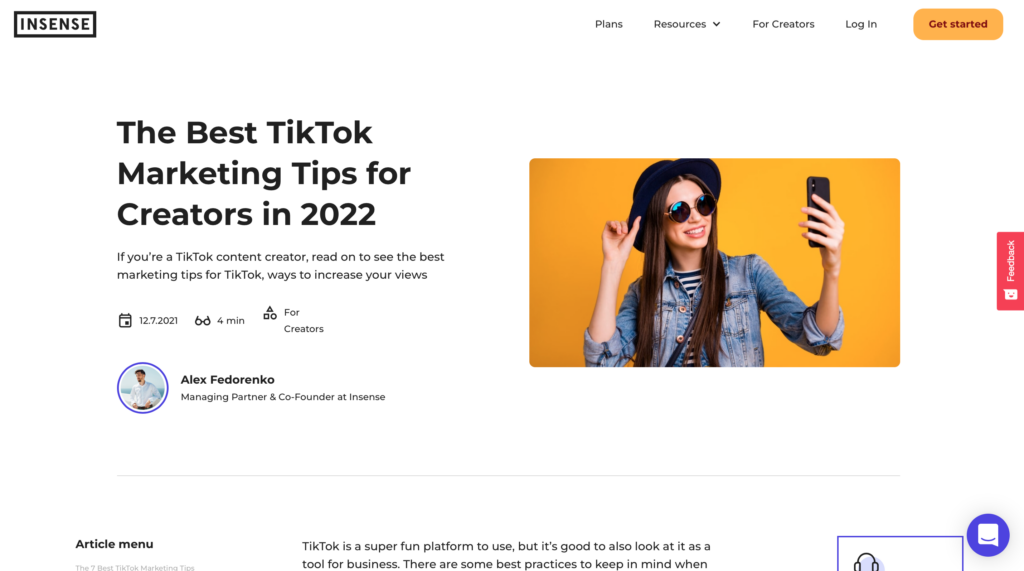
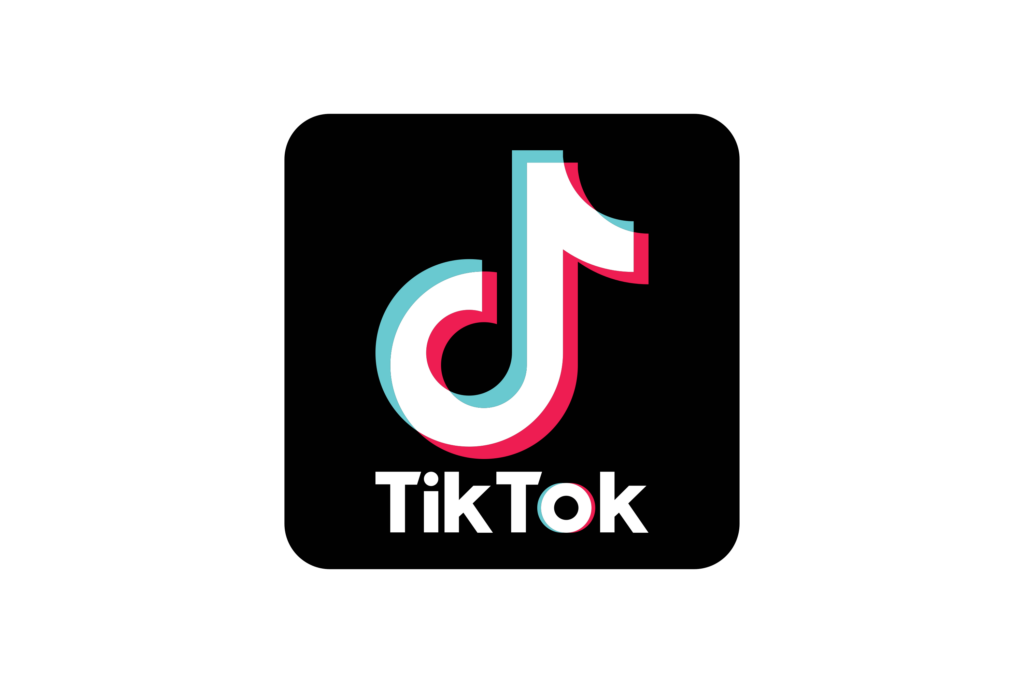
TikTok is a social media platform used by people of all ages. TikTok is where people can post videos of themselves sharing content, singing/dancing to music, and more. People can watch videos and interact with the creator by “commenting” or “duetting” the video (responding via video to their post). TikTok grew increasingly more popular throughout the COVID-19 pandemic when everyone was quarantined at home. TikTok allowed people to share stories or post videos to make people laugh and feel less alone while at home. Similar to Twitter or Instagram, people’s accounts can be followed. Users can search different people, topics, and hashtags to find information or people that interest them.
As an educator, I can use TikTok in a variety of ways. First, I can simply use it to search for information that I may be looking for. Some things that I could search for would include classroom management tips, classroom setup ideas, lesson plans or games for a variety of subjects, and more. There are many educators on TikTok in a wide range of areas of expertise and a variety of grade levels that would be able to provide me with specific information that I may be looking for. I can also use TikTok to post my own content. For example, if I came up with a great game or lesson plan or found a great resource that I wanted to share with others I would be able to post it on TikTok for others to find. I can also show my students certain TikTok posts that may be relevant to what we are discussing in class.
To grow my professional learning network through TikTok I would need to post videos that are relevant to the education field. By using captions and hashtags that are relevant to the education field, other educators would be able to find my posts and engage with them. I would also need to ensure that I “like” and “comment” on a variety of educators’ posts. By engaging with other educators’ posts I would be able to find a community that supports my learning journey and that enables me to be authentic and learn for life.
Overall, TikTok is a great learning tool. It is not only great for my own personal learning but for others and my students as well.

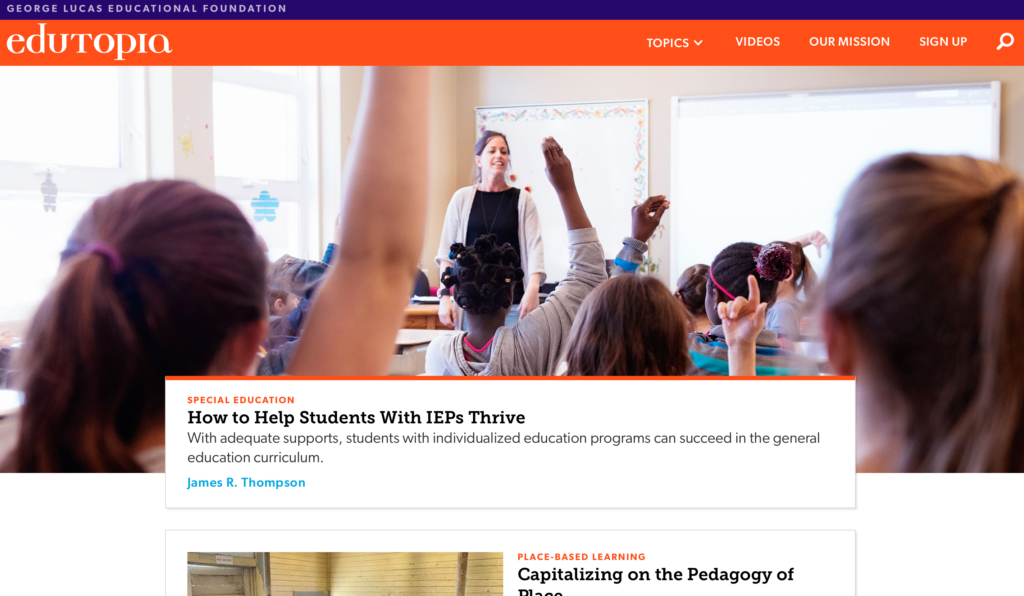
Edutopia is the first blog that I would suggest visiting. This blog contains an abundance of different topics within the education field. Some of the topics included in this blog are assessment, project-based learning, and social and emotional learning. These three topics specifically are very prevalent in education today and are definitely worth checking out. If you do not like reading blog post after blog post there is also the option to watch videos that describe different concepts and show you how they work.

tmac is the second blog that I would suggest visiting. Trevor MacKenzie has a plethora of resources on this blog. You may have heard of his books Inquiry Mindset or Diving into Inquiry, as this is how I learned more about who he is. He writes books to help teachers learn how to incorporate inquiry into the classroom and talks about them on his blog. He also has a blog section on his page where he expands on different ideas relating to inquiry and anything else he has been learning about. I would highly suggest this blog and/or his books if you are considering using inquiry within your classroom.
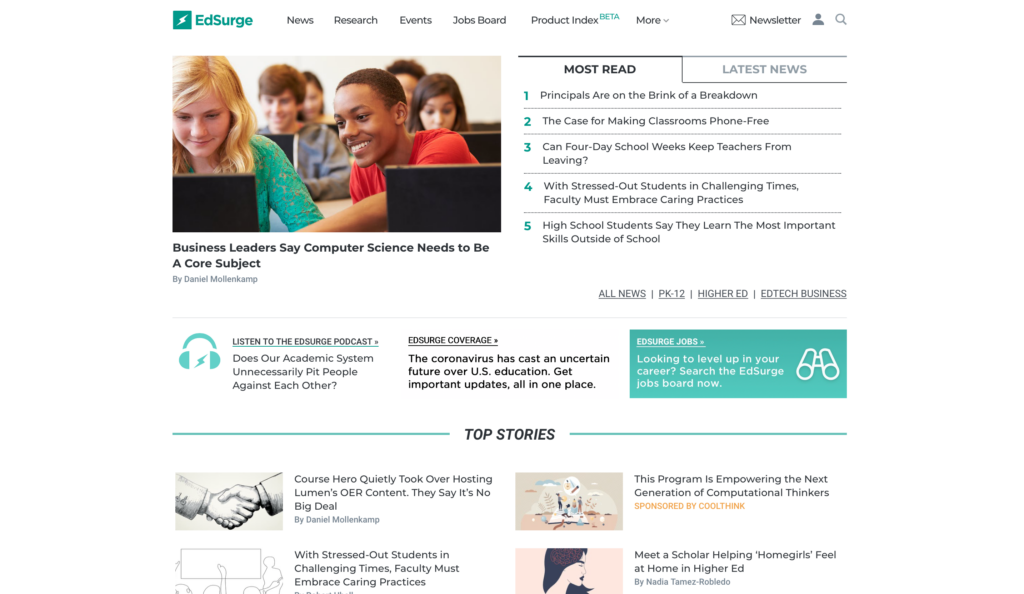
EdSurge is the final blog that I would suggest visiting. My favourite sections would have to be the “most read” and “latest news” sections. These allow you to see what has been viewed the most and might be worth reading, as well as what is the most recent on the blog and within the education field. This blog includes various guides and age ranges as well. It varies from how to deal with the pandemic in the PK-12 school system, while also covering how to help higher education students transform into scholars.
Overall, I would highly suggest checking out all of these blogs. They have helped me throughout my Bachelor of Education degree immensely. There is also value in them as a non-education student or as a parent because it gives insight into a variety of topics that could still be prevalent in different areas as work or as a parent of a student in the school system.
